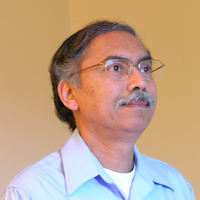
The 2015 Flash Memory Summit (FMS) is a premier event for Flash Memory technology. Many new product announcements and technology developments are first revealed at this annual meeting. The rapid evolution of 3D Flash and also Low-Density Parity Check (LDPC) technology were two items that I found particularly exciting. Several IEEE-CNSV members attended the…
Apple over the last few years has leveraged its growing chip design knowledge to gain an added edge in performance and battery life. For example, in the iPhone 6S Apple optimized the flash memory controller, which improves the speed of accessing flash data.

"’The Martian’ movie is a dream come true, a faithful elucidation of the central technical dramas that made the Andy Weir novel it’s based on the surprise ‘space geek hit’ of the decade. The tale is something of a Robinson Crusoe in space: Astronaut Mark Watney is stranded on the surface of Mars when…"

Their 1965 paper starts with the unassuming words “An efficient method for the calculation of the interactions of a 2^m factorial experiment was introduced by Yates and is widely known by his name.” The paper does not use the word “fast” even once. But the algorithm described in that paper written by James Cooley and John Tukey[1]…
”1

Flash Memory Summit 2015 Technical Chairperson, Brian Berg, interviews some of the team responsible for creating the first flash drive. Eli Harari, founder and former CEO of SanDisk, along with Firmware Engineer, John Magnan and engineer and current SanDisk CTO, Kevin Conley, discuss the important contributions Bob Norman made to this effort. Norman was…




